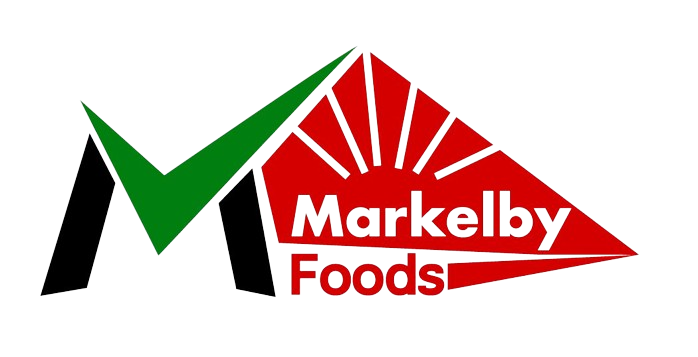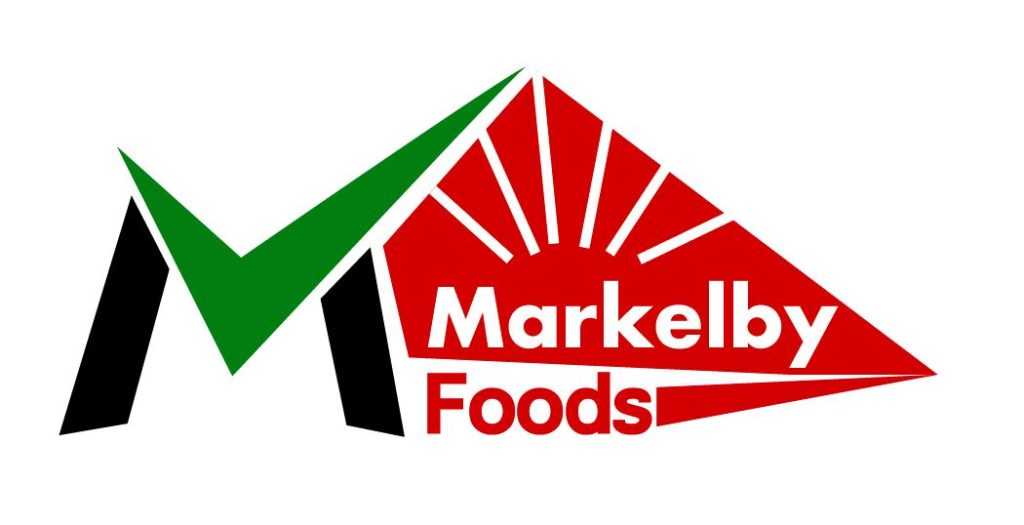Harvesting
maximizing yield and minimizing losses
Harvesting is a crucial phase in crop production, involving the collection of mature
crops from the field. This process requires careful planning and execution to maximize
yield and minimize losses. Farmers must effectively manage the harvesting process to
ensure crops are collected efficiently and with minimal waste, ultimately leading to a
successful agricultural operation.
We utilize maturity indicators to determine when crops are ready for harvest,
focusing on factors such as color, texture, moisture content, and size. We also
monitor weather forecasts to avoid harvesting during adverse conditions, such as rain,
which can damage crops and complicate the process.
The choice of harvesting tools depends on the scale of the operation: hand tools (like
sickles and knives) are suitable for small-scale operations, while machinery (such as
combines and harvesters) is used for larger fields. Our equipment is well-maintained
and calibrated for efficiency and safety.
For transportation, we use appropriate containers to ensure that harvested crops are
handled correctly, taking into account the specific needs of each type of produce. We
store harvested crops under suitable conditions, controlling temperature and
humidity to prolong shelf life and maintain quality.
Regular checks are conducted on stored crops to monitor for signs of spoilage or pest
infestation. We also help maintain records of the quantity and quality of crops
harvested, aiding in future planning and improvements. Through market analysis, we
keep track of market prices and demand to make informed decisions about selling
harvested crops.
















